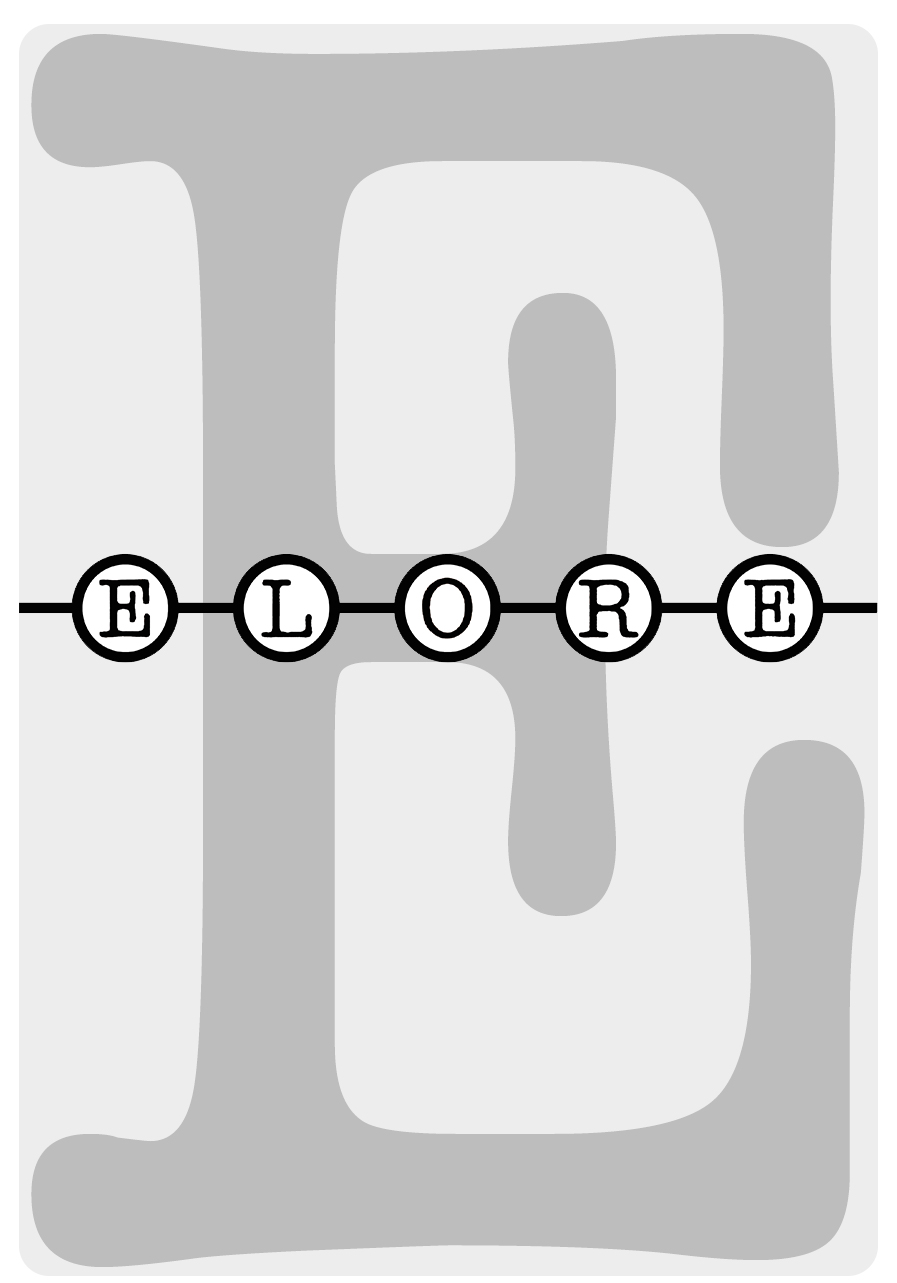Muistelun monet muodot – kertomus, kehollisuus ja hiljaisuus paikan tietämisen tapoina
DOI:
https://doi.org/10.30666/elore.79278Abstract
This article discusses the various practices of remembering adopted in Finnish Karelia, which was ceded to the Soviet Union after the Second World War. We explore the bodily experiences of remembering, and especially silences related to it. We analyse what kind of silent practices are being built, how they are renewed and also challenged. The empirical data of this article is based on a field trip made to Kurkijoki, Karelian Isthmus, in 2010. The empirical material consists of a fieldwork diary, photographs, and diaries written by co-travellers. Methodologically we show how narrative bodily performances and silences are intertwined and how they can be researched through sensory ethnography.The article illustrates how various practices of remembering are formed, how people take part in these commemoration practices, how they narrate them, and how subjective, embodied remembering becomes visible through bodily performances and practices. We also argue that silence is always part of remembering and one way of knowing the place. Silence is a typical reaction when unpleasant memories occur. In these situations the body, sometimes unconsciously, reveals the untold. Thus, it must be noticed that interpreting silences requires carefulness and empathetic presence from a researcher.
We conclude that the analysis of socio-spatial belonging should always be contextual and situational. In the analysis embodied practices, oral narratives, and material elements should always be viewed together. This way it becomes possible to understand the politics of remembering and the national, collective, and subjective framings of knowing the place.

Downloads
Published
How to Cite
Issue
Section
License
The journal follows Diamond Open Access publishing model: the journal does not charge authors and published texts are immediately available on the Journal.fi service for scientific journals. By submitting an article for publication on Elore, the author agrees, as of September 2024, that the work will be published under a CC BY 4.0 licence. Under the licence, others may copy, transmit, distribute and display the copyrighted work and any modified versions of the work based on it only if they attribute the licence, the original publication (link or reference) and the author as the original author. Any modifications made must be acknowledged.
Copyright of the texts remains with the authors, and self-archiving (Green OA) of the published version is allowed. This also applies to texts published before September 2024. The Green OA publication must include Elore's publication details.
The metadata for published articles is licensed under Creative Commons CC0 1.0 Universal.





